
Game images taken from Steam and PlayStation Store.
Gamescom 2024 has provided us with our first real look into the upcoming Sid Meier’s Civilization VII, a highly anticipated sequel for fans of the historic 4X strategy game series. As Catholic Game Reviews’ resident history major and writer of our Civilization VI review, I wanted to try my hand at a “first impressions” article and see what the Catholic perspective can bring to the conversation.
The first thing people note about Civilization VII is the brand new artstyle which is moving away from Civilization VI’s cartoon sensibilities and towards a more grounded look akin to Civilization V. The map looks fantastic in this new artstyle with detailed environments, buildings, and units. That being said I think the new character models for the leaders look a bit off, borderline uncanny in some instances. It’s the sort of thing all games striving for a photorealistic artstyle will struggle against and unfortunately in this case I think it might be a losing battle. Overall the game certainly looks good, but how it plays is probably going to be far more important in the long run.
Speaking of gameplay, the basics established in Civilization VI are immediately apparent. Districts, arguably Civilization VI’s defining mechanic, are back in full force and buildings that were previously not districts like the grainary have been upgraded into full fledged districts. This will undoubtedly put off players who found the change controversial in the last installment, but as someone who started with Civilization VI I’m sure it will be a comfortable transition to Civilization VII. As for what’s new in Civilization VII, rivers are no longer just a freshwater source with a movement penalty when crossing over, but a traversable tile that units can take advantage of in small boats. This is a feature Civilization fans have been asking about for a while and depending on how deep this mechanic goes I am all here for it. Before the days of automobiles and highways, rivers and oceans were the fastest and safest ways to travel so historically there is a lot of potential in this seemingly simple change.
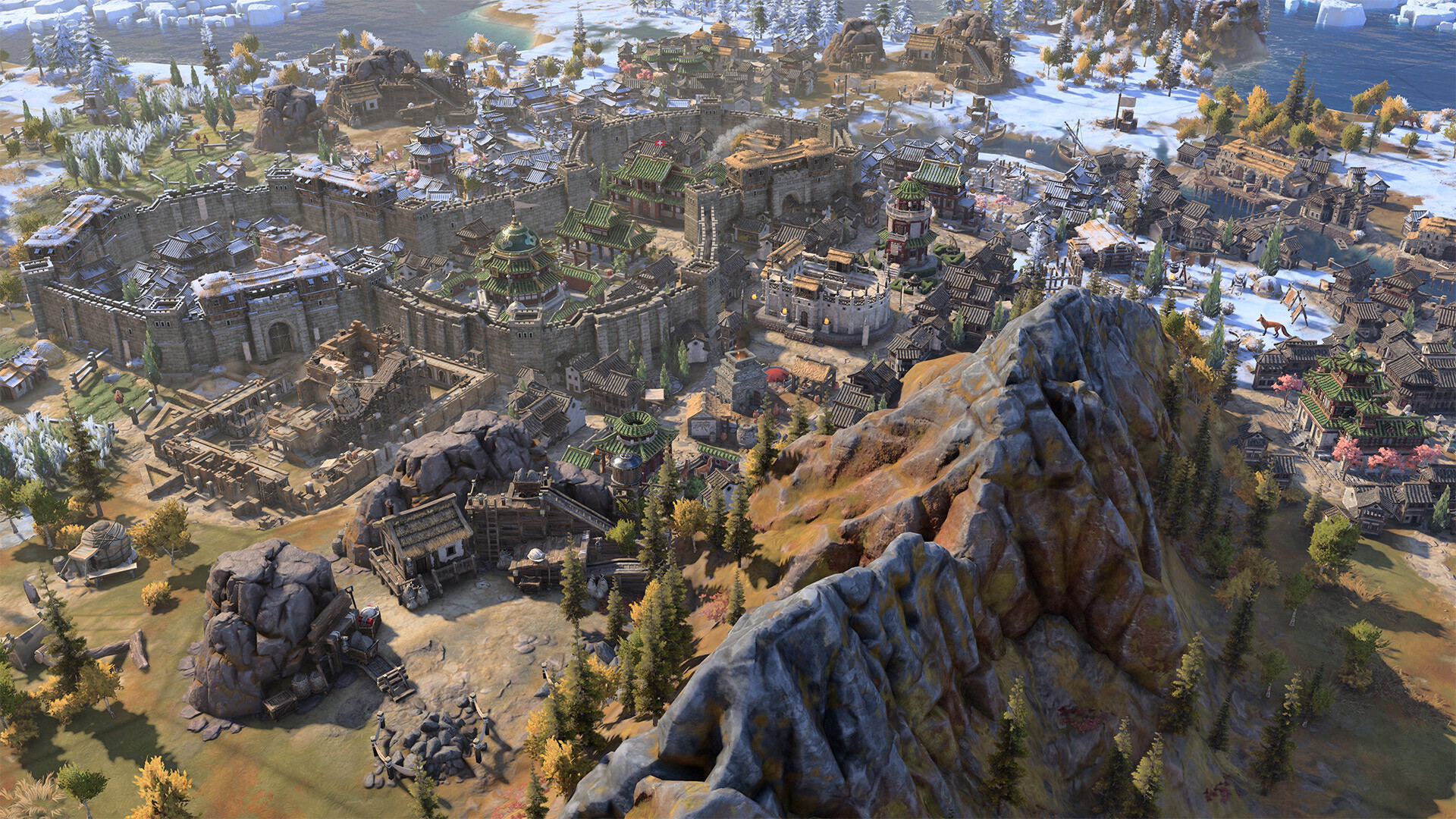
Combat also looks like it’s receiving a decent overhaul with multiple units moving across the map in multi-tile formations and clashing with adjacent enemies in real time. Since the presentation didn’t linger on combat very long I’m unsure just how much these differences will change the way wars are fought, but as a domination victory enjoyer I hope it’s for the better. Something the presentation did linger on was the Ages. In previous games there were many eras of history that players advanced through technologically and culturally as time went on and their empire expanded. In Civilization VII, Ages more or less fulfill the same function as eras, but there are only 3 Ages in the game with the differences between them being more dramatic. On paper this sounds like a great idea, but in practice it means important parts of human history seem to have been forgotten. As a specialist in medieval history I am absolutely flabbergasted that the game jumps from the Age of Antiquity to the Age of Exploration despite the fact that the middle ages are so distinct in terms of social, technological, economic, and religious characterization that trying to crowbar their achievements into “late antiquity” or “early exploration” is incredibly dismissive.
Ages also completely change your empire from one historical civilization to another. For example when the Egyptian Empire exits Antiquity the player might choose to become Songhai or Mongolia for the duration of the Exploration Age, at the end of which they will once again choose a new civilization to become for the Modern Age. Historically this makes a lot of sense as no modern nation-state can truly claim to have existed for all of human history, owing their existence to the rise and fall of empires that no longer exist. On the other hand this also means players who just want the power fantasy of conquering the world as their favorite country will be locked out of their preferred empire for two-thirds of the game. Alas, it seems that the dream of a Rome that never falls is unobtainable in Civilization VII.
Though empires will change between Ages, one thing that won’t change is the leader that represents them. Furthermore, leaders are not required to start as, or change into, the civilization they are associated with so that players can have virtually unlimited freedom to customize their empires. To top things off, the definition of “leader” has been expanded beyond the heads of state to include influential philosophers, scientists, and religious leaders (technically this has happened a few times in previous Civilization games, but such instances were exceptions to the rule). Needless to say I’m not particularly thrilled by these changes. Not only because the prospect of an Agustus who leads the Maya for some reason would be historically infuriating, but because from a gameplay perspective it will probably decrease the number of viable leaders in the long term. Sid Meier himself once said that given enough time players will optimize the fun out of a game and with this new leader system finding optimal leader-civilization combos will in all likelihood be incredibly fast.
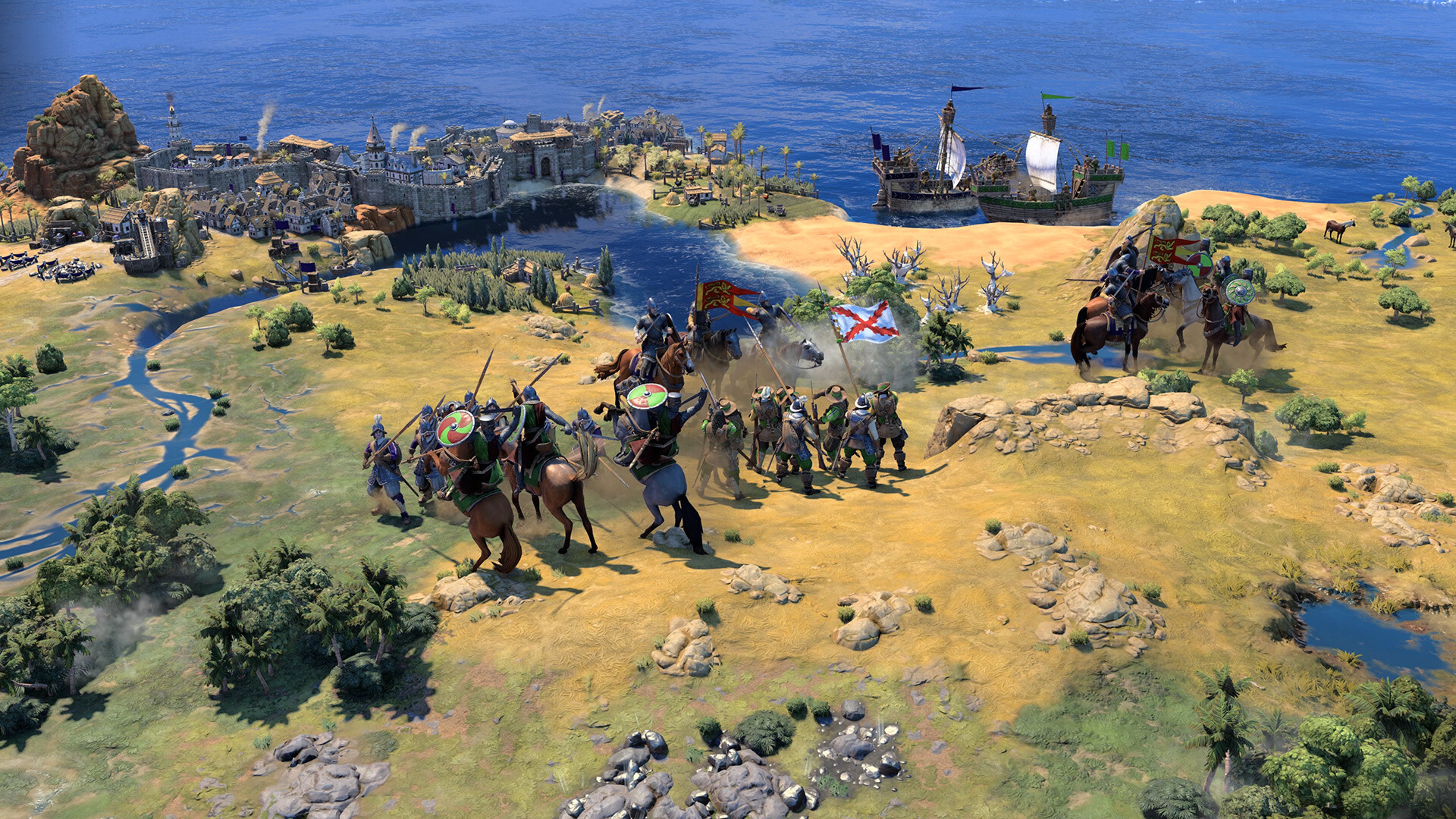
Of course for everything the Civilization VII showcased did show us, there’s probably about 10 more things they didn’t show. One absence of great importance to me personally as a Catholic is of course the religious mechanics. Religious victory was one of the best additions to Civilization VI so to see faith rolled back into merely a supplementary mechanic or removed all together would be disappointing to say the least. If there’s any silver lining to the potential removal of religious mechanics, it’s that I wouldn’t have to worry about restarting mid game because a computer player founded Catholicism before I could. I also get the sinking feeling the game’s roster of playable civilizations and leaders will intentionally avoid Catholic history, though Napoleon’s return gives me hope.
That’s the general gist of everything we saw, and a few things we didn’t see, from the Civilization VII Gamescom showcase. On the whole I’d say I’m not terribly excited for the game as I could see most of the major changes to the gameplay backfiring horribly. Additionally, I would be lying if I didn’t express my concern that in our current political climate this game could be used to push egregious historical inaccuracies for the sake of a social agenda by the developers, but I’m willing to give them the benefit of the doubt until we see more of the game in future presentations. At this juncture I’m not sure if I can guarantee I’ll be playing or reviewing Civilization VII when it releases, but either way I hope you enjoyed this article and, if it does well, maybe we can publish similar articles in the future.
Bonus: Catholic History I’d Like to See in Civilization VII
One of the best parts of a series like Civilization, in which content is adapted from an external source like history or literature, is dreaming up all the cool things that could find its way into the games. Since this article is fairly short and I love discussing history, I decided to put together a wishlist of historical people and places I’d like to see adapted into a Civilization game (or any history based game for that matter). I’ve split my list into four categories for the sake of variety and limited myself to two items per category so I don’t go overboard with the geeking out. I also connected my choices to Catholicism because that’s what you all came here for. Enjoy! (Images from Wikipedia)
Leaders
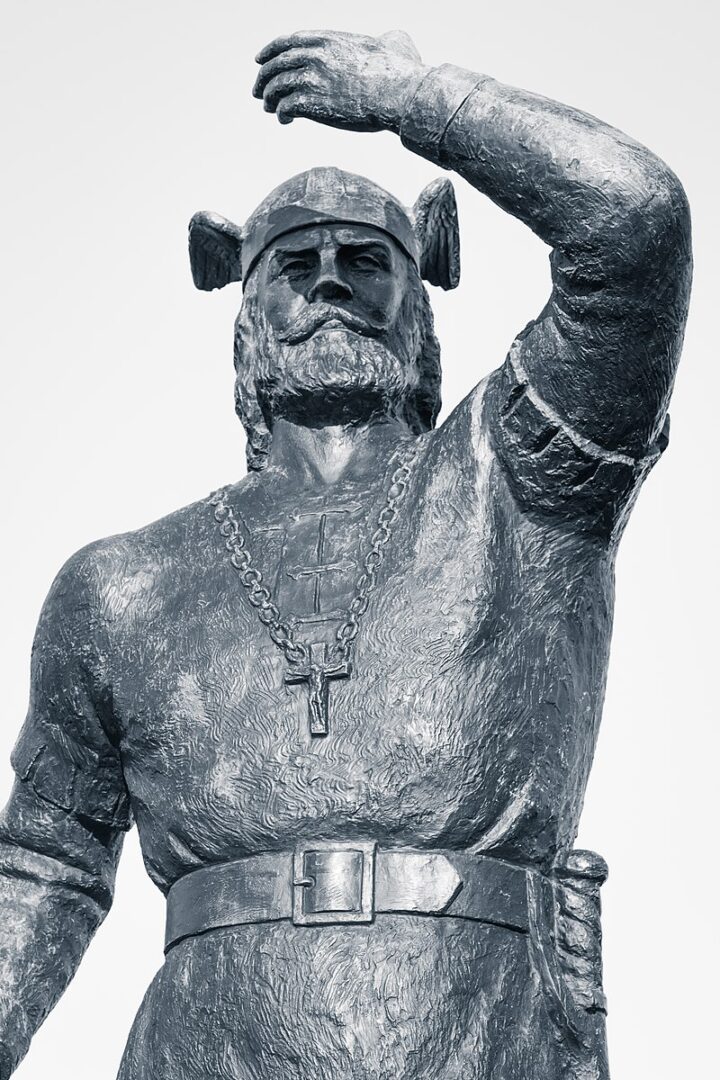
Leif Erikson – Son of Greenland’s founder Erik the Red, Leif Erikson was a Norse explorer who converted to Catholicism while visiting Norway and went back to Greenland as a missionary on King Olaf Tryggvason’s behalf. On his travels westward, Leif became the first European to step foot on the North American continent(which they called Vinland) and in 1022 he built a temporary settlement known as L’Anse Aux Meadows in Newfoundland Canada from which the Greenlanders collected resources such as lumber. After the death of his father, Leif took over leadership of the Greenland settlement for a short time before his own death. Leif Erikson has previously appeared in Civilization VI as a great admiral, but I don’t see why he shouldn’t be upgraded to a leader in Civilization VII. His nautical exploits could give his empire’s naval units a strategic advantage. Alternatively he could receive a religious bonus from coastal settlements reflecting his role as a Catholic missionary and settler. Whichever way you slice it, Leif has serious potential as a leader in a Civilization game.
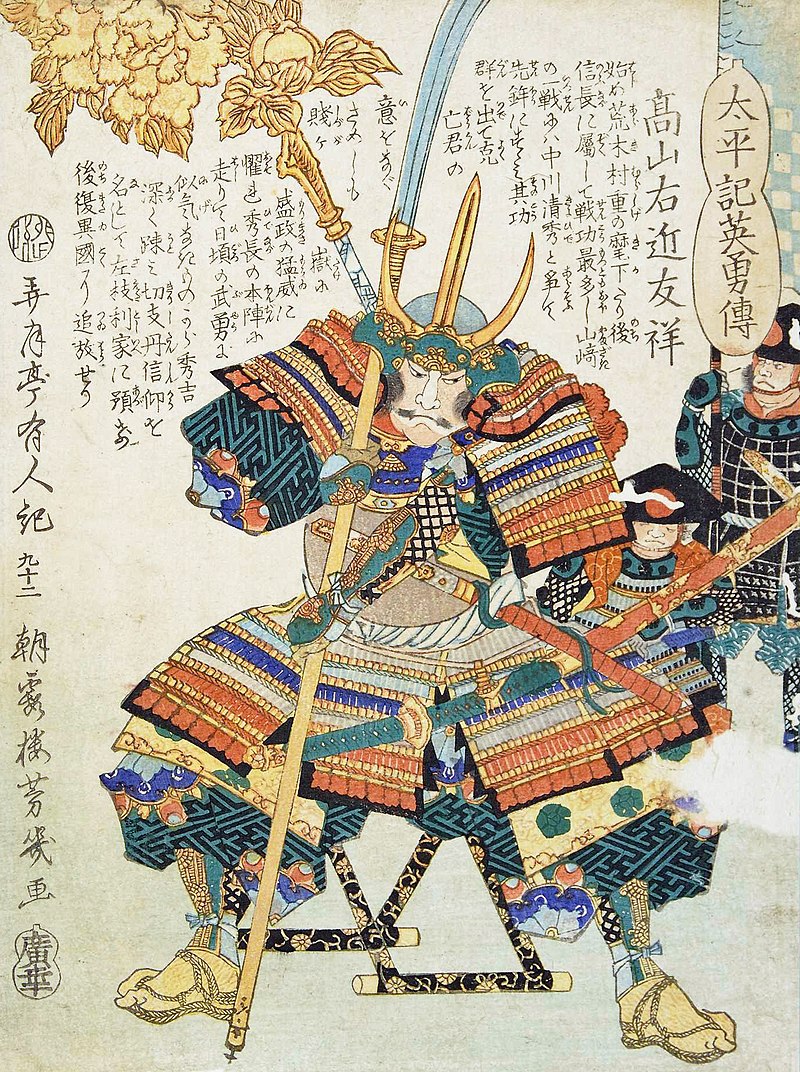
Blessed Justo Takayama – A figure I previously alluded to in my Samurai Warriors 5 review, Blessed Justo Takayama was a Japanese Samurai and Daimyo who converted to Catholicism during Japan’s pivotal Sengoku era and is reportedly very close to being canonized as a saint. Justo served all three of Japan’s great unifiers and whatever lands he was given jurisdiction over, converting its people to Catholicism was always a top priority. He also made many converts among his fellow samurai who admired Justo’s moral integrity. When the Japanese persecution of Christianity began, Justo suffered many dishonors at the hands of his countrymen and was ultimately exiled to the Philippines where he died a few months later. I fully admit that wanting Blessed Justo Takayama as a leader in a Civilization game is a bit of a long shot even with Civilization VII actively expanding the pool of potential candidates, but Justo was such an extraordinary man that I can’t help wanting to see him in a big game someday. Even if Justo never becomes a leader I’d still be happy if he was made a great general or other minor role as a consolation prize.
Civilizations
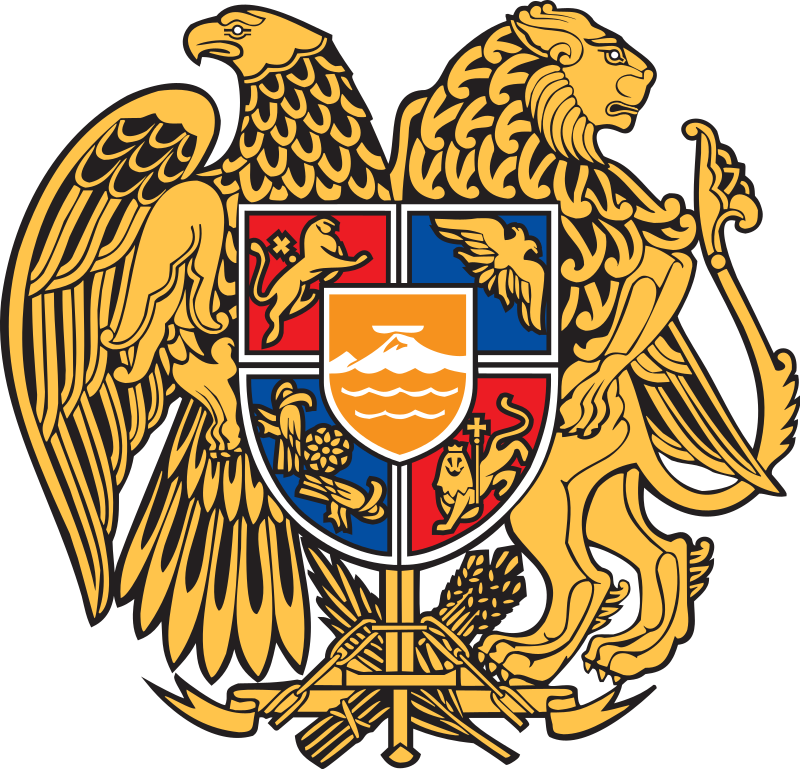
Armenia – A decade before Emperor Constantine’s Edict of Milan legalized Christianity in the Roman Empire, the Kingdom of Armenia was the first nation in history to adopt Christianity as its official religion. Despite their spiritual achievements however, Armenia is a fairly obscure country and among those who do know it exists it’s largely in the context of Muslim attempts to genocide the Armenian people which is an ongoing tragedy to this very day. Putting Armenia into a big game like Civilization would be a great opportunity to celebrate the Armenian people in ways outside of being the epicenter of the event that coined the term genocide. Armenia deserves so much better.

Papal States – Between the years 756 A.D. and 1920 the Pope ruled over a good chunk of the Italian Peninsula as a theocratic monarch in addition to his duties as the leader of the Catholic Church. These Papal States were largely dismantled during the Italian Unification movements before being reduced to the tiny enclave of Vatican City by Benito Mussolini which is presently the smallest country in the world. With Civilization VII’s emphasis on the new Ages mechanic, the Papal States would be a great civilization to bridge the gap between the Roman Empire and modern Italy for those who want to keep the development of their empire as close to real history as they can.
Units

Knights of St. Lazarus – The Order of Saint Lazarus was founded in Jerusalem during the crusades as an off-shoot of the Hospitallers specializing in caring for lepers, but much like the Knights Hospitaller they also became a military order whose leper knights fought alongside other crusaders in many key battles throughout the holy land. While the Knights of St. Lazarus aren’t as well known as the Hospitallers, Templars, and Teutonic Knights; the image of lepers charging into battle emblazoned with a green cross certainly sparks the imagination which a game like Civilization could definitely capitalize on. As a gameplay mechanic they could provide healing to other military units as a reflection of their origins as a hospital.
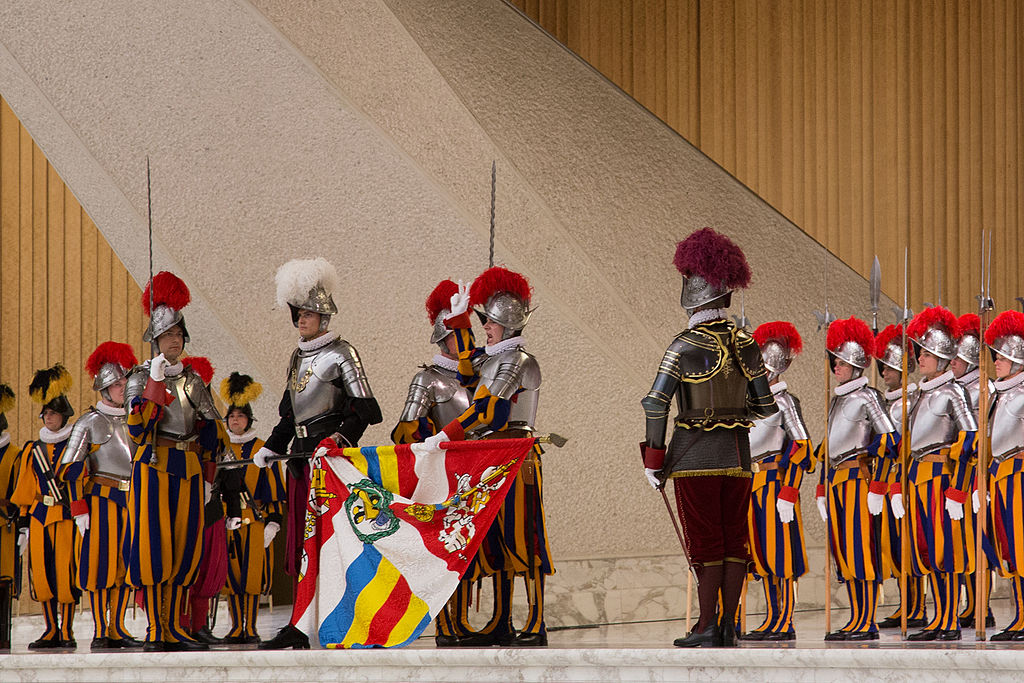
Swiss Guard – Switzerland once produced some of the finest mercenaries in Europe, but none are as prestigious as the Pontifical Swiss Guard who were made the Pope’s permanent honor guard following their extraordinary bravery during the Sack of Rome in 1527. While Swiss Mercenaries did appear in Civilization III as a unique unit for the Dutch Empire, I would really like to see them reimagined as the Pontifical Swiss Guard in Civilization VII with abilities that grant them bonuses while defending holy cities or religious districts. If you don’t think this sounds like the coolest thing ever for a Civilization game, then go listen to “The Last Stand” by Sabaton and come back once you agree with me.
Wonders
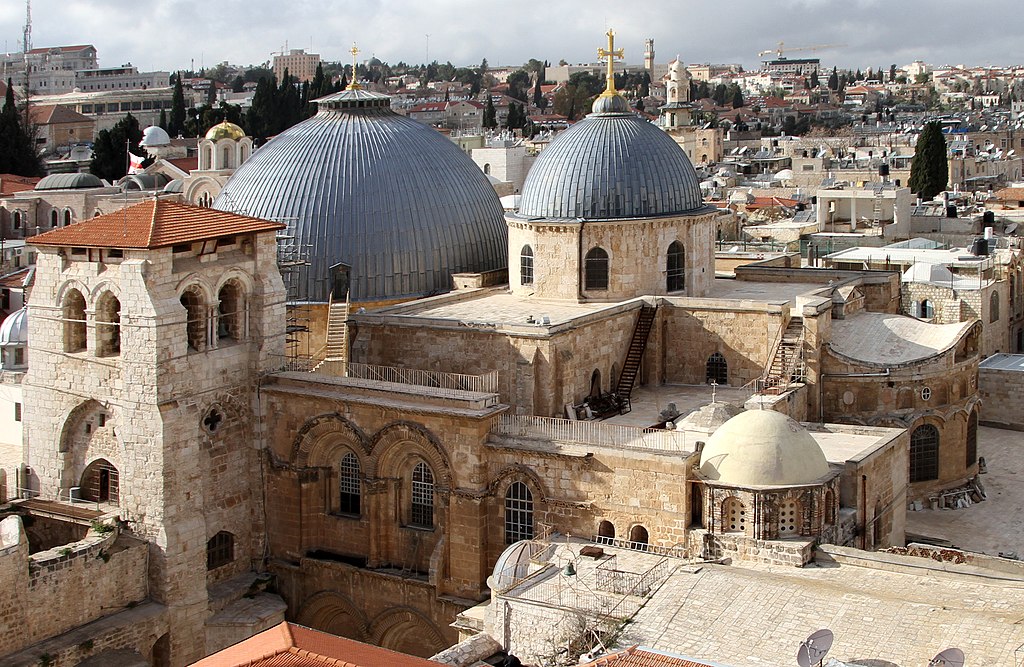
Church of the Holy Sepulchre – Without a doubt the holiest place on earth, the Church of the Holy Sepulchre was built over the hill Jesus was crucified on and the empty tomb from which he was resurrected. The church itself has been destroyed, rebuilt and modified many times throughout the past two millennia and even today it is co-operated by several Christian denominations. I don’t really have much of a mechanical role the Church of the Holy Sepulchre would provide to an empire outside of the obvious religious bonuses, but for a wonder this important to the history of the church maybe that’s all it really needs.
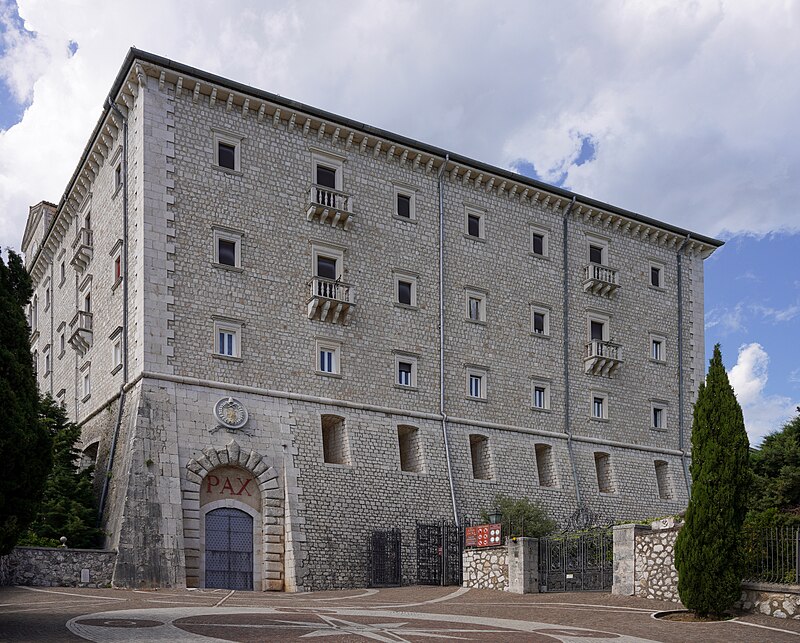
Monte Cassino – Built by St. Benedict himself in 529 A.D., Monte Cassino was the first ever Benedictine monastery whose influence can be seen in almost every monastic order that came after it. The monastery also has a surprising amount of relevance to military history, usually being sacked for loot or strategically occupied in various conflicts through the centuries. Monte Cassino would be a great wonder for providing religious bonuses to the player’s empire, but it would also be fun if it doubled as a sort of pseudo-fortress that strengthens military units occupying the same space as a nod to its history in warfare.
